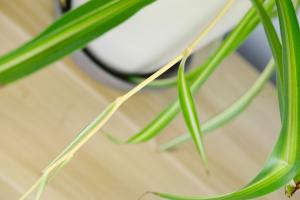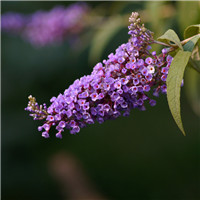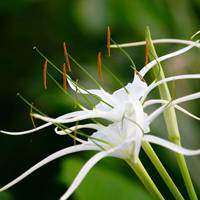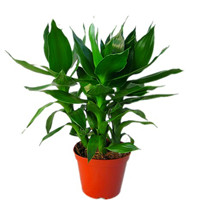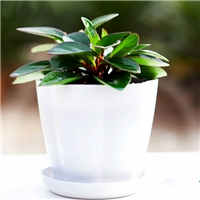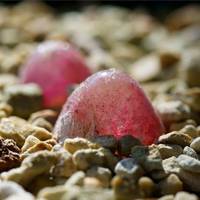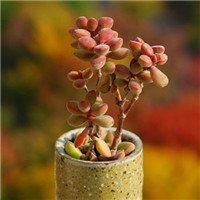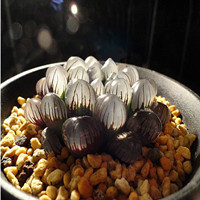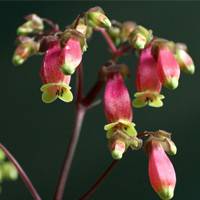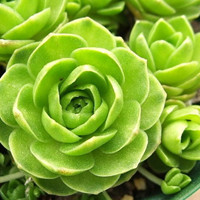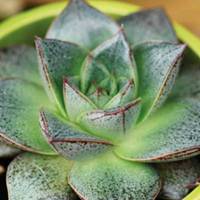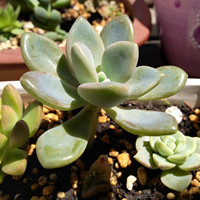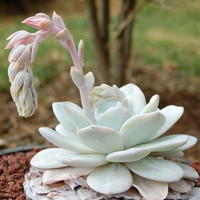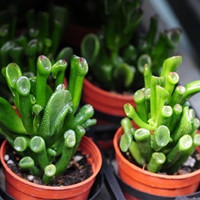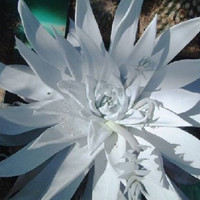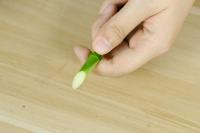How Frequently to Water Money Plant
Money plants are beautiful and versatile indoor plants that are easy to care for. They are known for their lush foliage and ability to adapt to different light conditions. However, one of the most important aspects of caring for a money plant is watering. Proper watering is crucial in keeping your money plant healthy and vibrant. In this article, we’ll explore how frequently you should water your money plant to keep it thriving.
Different Types of Money Plants
Before we dive into how frequently you should water your money plant, it’s important to understand that there are different types of money plants. While they all belong to the same family, the watering requirements may differ slightly depending on the plant’s species. Some popular money plant species include:
Scindapsus aureus
Epipremnum aureum
Pilea peperomioides
Crassula ovata
Zamioculcas zamiifolia (ZZ plant)
Make sure to research your specific type of money plant to ensure you are properly meeting its watering needs.
Factors Affecting Watering Frequency
There are several factors to consider when determining how frequently to water your money plant. These include:
The size of the pot
The type of soil
The plant’s environment
The level of humidity
The amount of light the plant is receiving
The time of year
All of these factors can affect how much water your money plant needs, so it’s important to take them into consideration when determining your watering schedule.
How to Determine Watering Frequency
So, how frequently should you water your money plant? Unfortunately, there is no one-size-fits-all answer. As we mentioned earlier, there are many factors that can affect how much water your plant needs. However, there are a few general guidelines you can follow to determine your money plant’s watering frequency.
First, you’ll want to make sure the soil is completely dry before watering again. You can test the soil moisture level by sticking your finger into the soil. If it feels dry up to your first knuckle, it’s time to water your plant. If it still feels damp, it’s not yet time to water.
You should also consider the size of your pot when determining watering frequency. Smaller pots will dry out more quickly than larger pots, so you may need to water them more frequently.
Lastly, pay attention to your plant’s foliage. If it starts to droop or become yellow, it may be a sign that you are under-watering or over-watering the plant. Adjust your watering frequency accordingly.
Other Watering Tips
Now that you understand how frequently to water your money plant, here are a few other watering tips to keep in mind:
Use room temperature water – cold water can shock the plant’s roots.
Water the soil, not the leaves – getting water on the leaves can increase the risk of fungal growth and damage the foliage.
Avoid over-watering – too much water can cause root rot and other issues.
Consider using a watering schedule – this can help you stay on top of your plant’s needs and avoid forgetting to water it.
By following these tips and taking into consideration the factors that can affect your money plant’s watering needs, you can ensure that your plant stays healthy and vibrant for years to come.

 how many times do yo...
how many times do yo...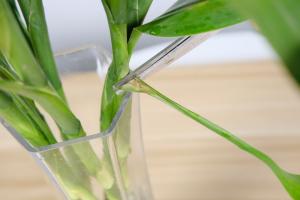 how many planted tre...
how many planted tre...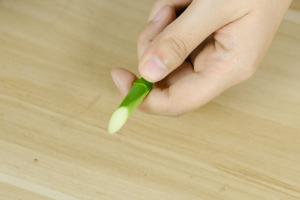 how many pine trees ...
how many pine trees ... how many pecan trees...
how many pecan trees... how many plants comp...
how many plants comp... how many plants can ...
how many plants can ... how many plants and ...
how many plants and ...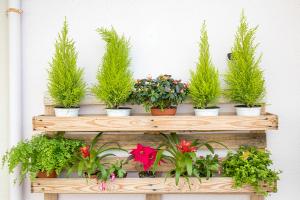 how many pepper plan...
how many pepper plan...
